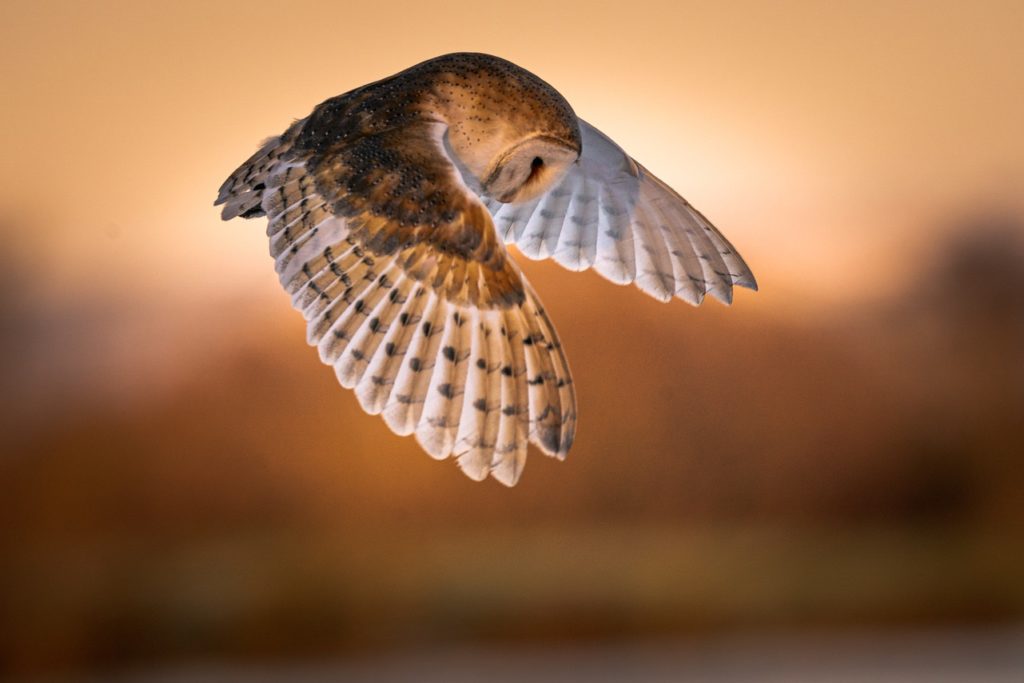
FILM and television location manager and photographer Matt Bowden’s exhibition of the natural world at large has re-opened at City Screen, York, after its Covid-enforced premature closure during lockdown.
“Born and bred in York, and growing up with such natural beauty on my doorstep in Yorkshire, meant it was almost inevitable I would develop an appreciation and interest in wildlife from an early age,” says Matt. “My grandfather, Eric Markham, was a keen bird-watcher, often taking me to local nature reserves for days out, binoculars around our necks.
“Taking photographs is a big part of my job as a TV and film location manager, a 20-year career that has afforded me the opportunity to develop both my creative skills and passion as a photographer, while working on such titles as Phantom Thread, The Secret Garden and The Duke.
“But the desire to capture images of wildlife came to me relatively late in life, as my growing interest in photography through my job collided with the joy and fascination that I found in the natural world that surrounded me.”

The reactivated Natural Landscape Of Yorkshire exhibition in the City Screen café bar is bolstered by two new additions, one of a barn owl sitting on a post, the other of an owl in flight against a sunset backdrop.
“I’m incredibly fortunate to live near some amazing natural habitats and reserves, which offer a hugely diverse range of subjects,” says Matt. “I find owls of particular interest, having spent many hours studying their behaviour, feeding routines and hunting grounds.
“I relish the technical challenges inherent with photographing a bird that mostly hunts in very low light, making a successful capture all the more rewarding. I often use a hide, which allows me to get closer to my subject than I ever thought possible.”
Matt has just started location work on Carol Morley’s new film Typist Artist Pirate King, a hive of activity that could not be further removed from his wildlife photography pursuits, where tranquillity and isolation provide “a perfect remedy for the chaotic and often intense lifestyle most of us find ourselves engulfed in”.
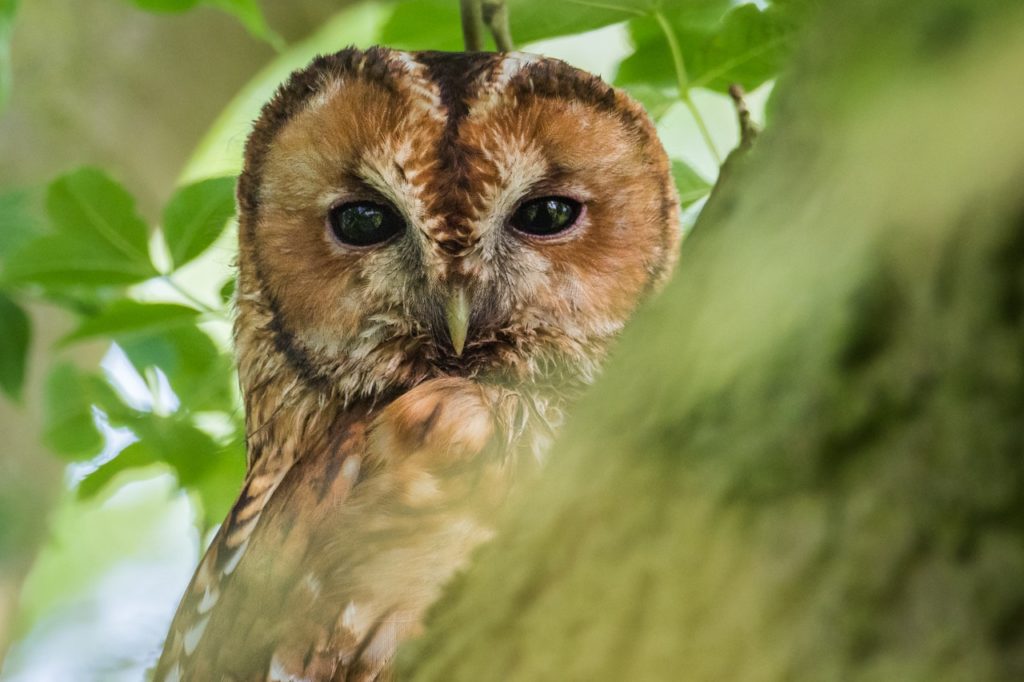
“The photographic challenge is not only the hours spent hidden in bushes and hides studying a natural subject, but more so to successfully create an image that proves to be both unique and artistically expressive,” says Matt, whose City Screen exhibition coincides with a pictorial feature in the September edition of Outdoor Photography magazine.
“In my photographs, the environment wherein the subject resides plays as important a role as the subject itself when forming a composition.
“Yorkshire has such a diverse and rich tapestry of nature and landscapes, and that’s why I feel fortunate to be able to call it home.”
Matt Bowden’s exhibition, The Natural Landscape Of Yorkshire, runs at City Screen, York, until September 11.
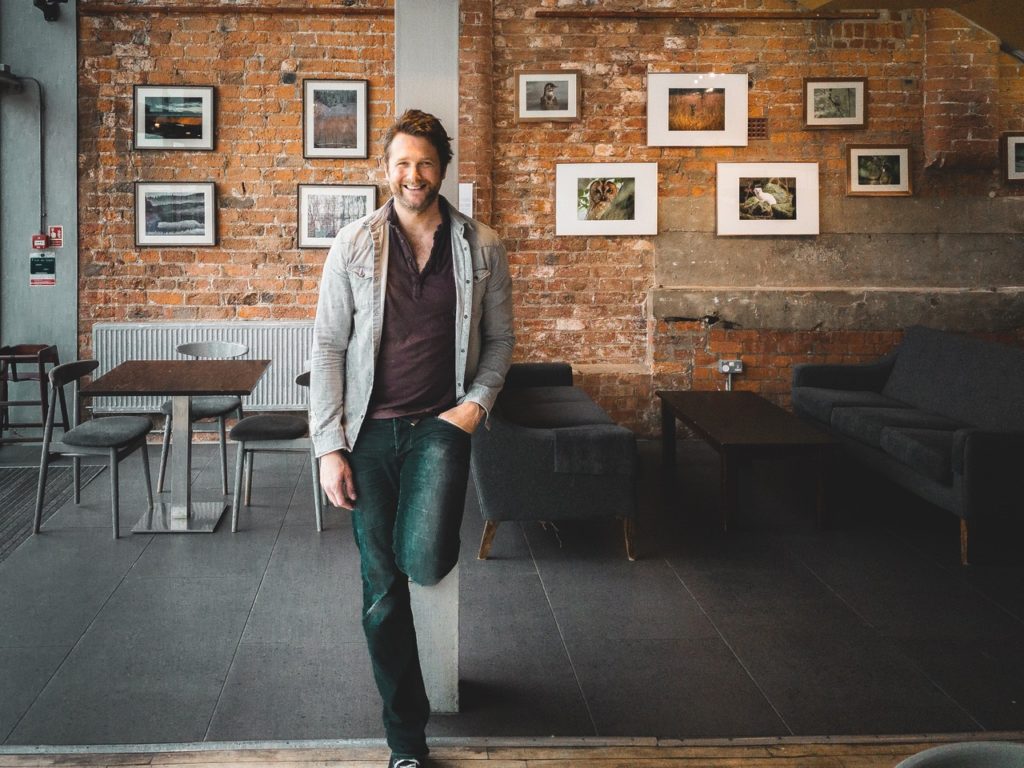
SNAP chat as Matt Bowden answers CharlesHutchPress’s questions.
Did you take photographs during lockdown and did you notice a difference to nature at that time?
“Lockdown meant I was unable to spend as much time in the field as normal, finding comfort in the garden instead. As restrictions eased however, and I was afforded more time with my camera outdoors, I certainly experienced a heightened awareness of the relevance and importance that wildlife, and the natural landscape, plays in all our lives.
“We’ve become victims to the strains and pressures of our modern world, and if one positive thing emerged from the devastation of the pandemic, it was a universal appreciation of our natural surroundings.
“While I’m certain hitting ‘Pause’ on excessive human activity would have given nature some much-needed breathing space, only time will tell if it has sparked a longer-term effect on the way we value, and consequently treat, the increasingly threatened natural world that surrounds us. I’ve taken some of my best images during the last year.”
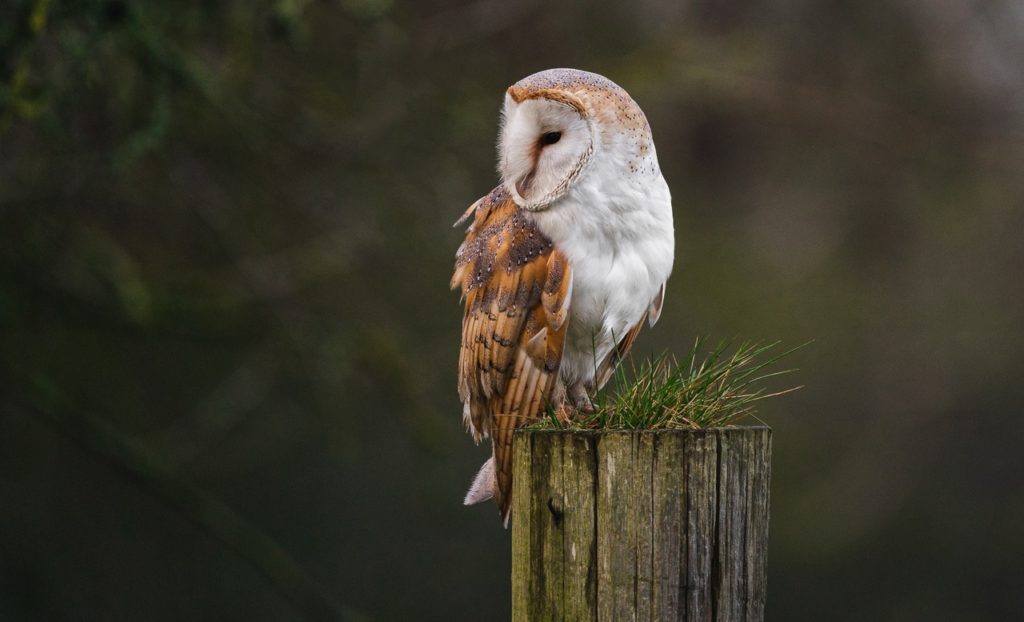
Why is nature your favoured subject matter?
“I’ve always enjoyed the outdoors and being among nature. It is as complex and baffling as it is beautiful and exists all around us. For me, it’s a constant comfort that asks only for our limited respect and appreciation, in return for boundless joy and fascination. “
How did the feature in Outdoor Photography come about?
“I’ve enjoyed reading the magazine for a number of years now, which is a great means of gathering inspiration from other photographers’ work. Social media has its benefits, but finding creative focus among the sea of visual noise can be time consuming and draining.
“A publication like Outdoor Photography offers a very specific output, showcasing a high standard of work in the field I’m most interested in, without distraction. While I’ve always loved the idea of having my images featured in the publication, it was actually my hugely supportive partner, Grace, who pushed the process over the finishing line, submitting the initial images on my behalf.”
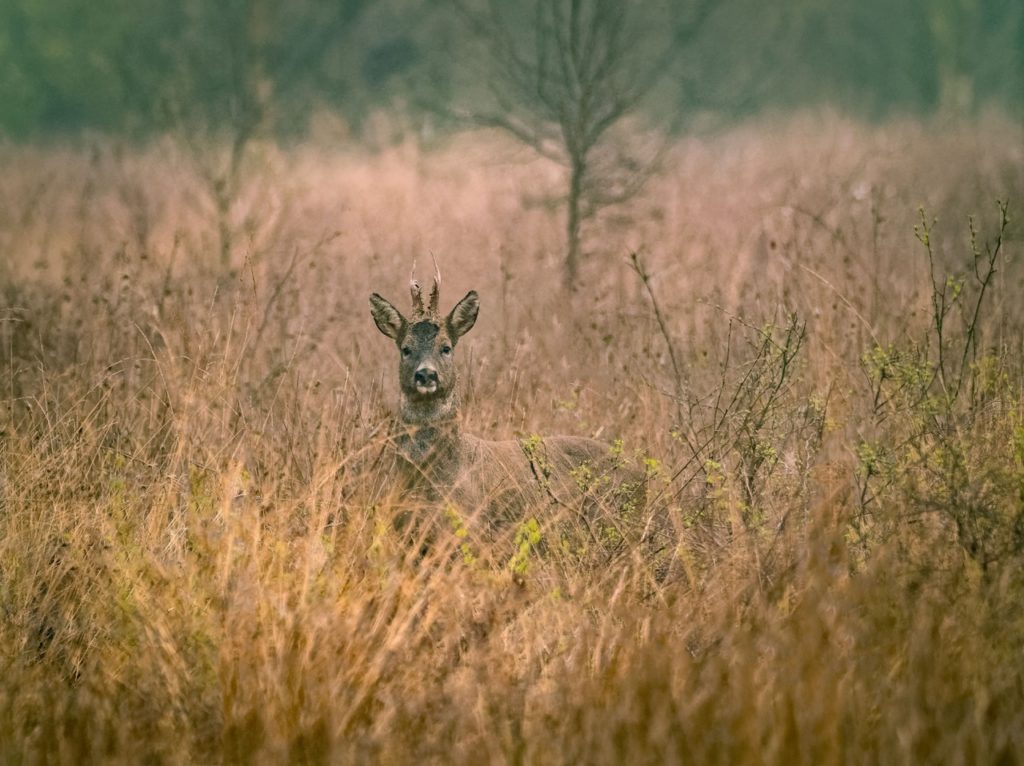
What makes the perfect conditions for a photograph of nature?
“The right light, which is a luxury nature photographers can rarely rely on. There are so many elements that make a successful capture, and while the subject is always front and centre, the right light conditions play a huge part.
“Low, flat light levels provide not only huge technical challenges when trying to achieve high-enough shutter speeds to photograph an unpredictable and often fast-moving subject, but also make for a less-inspired final image.
“The photographs I’m most proud of were taken amid the warmth and beauty of early-evening sun, while it’s low in the sky and still bright enough to sufficiently light the landscape.”
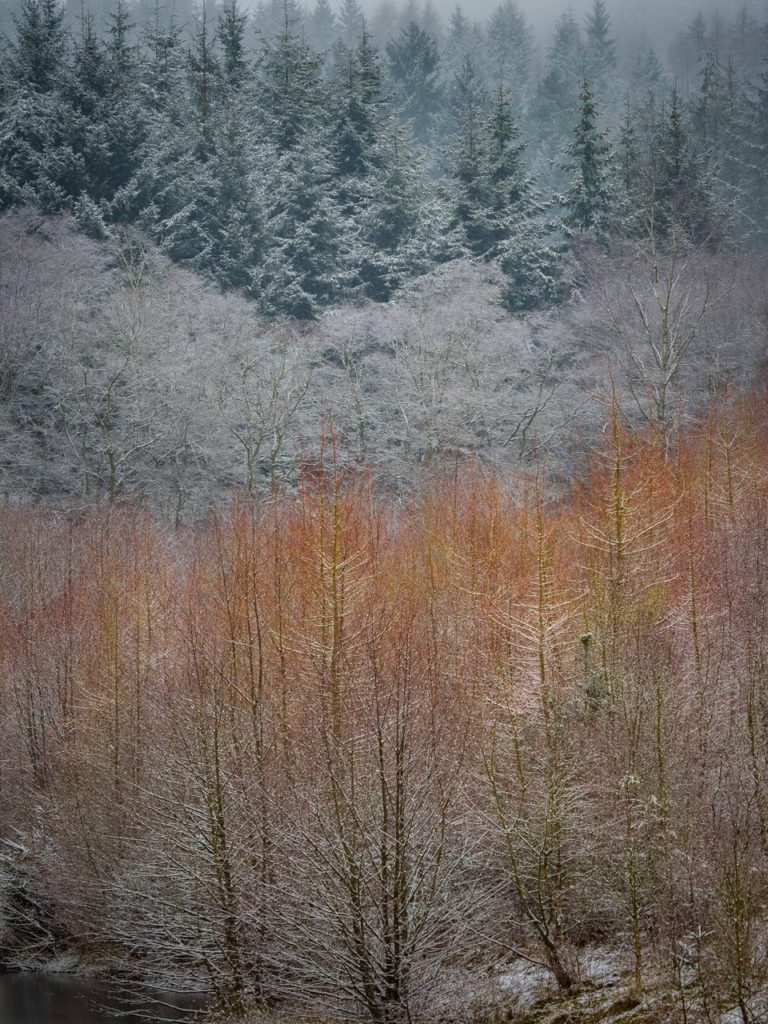
What characteristics are required of the photographer? Patience? Calmness? Instinct?
“An appreciation and love of the natural world is the most important characteristic, along with a creative vision of the final image. My favourite subject is the barn owl, and I always had an idea in my head of the shot I wanted, which allowed me the drive and focus to achieve it.
“While composure, calmness and patience in the field are all important elements, having a passion for your natural surroundings and a clear vision makes this less of a considered discipline.
“That said, the mental challenges inherent with spending hours isolated in the field, with hope and anticipation your only companion, should never be underestimated.”
